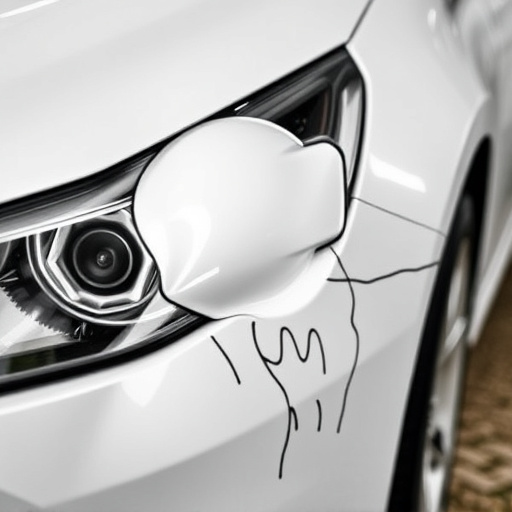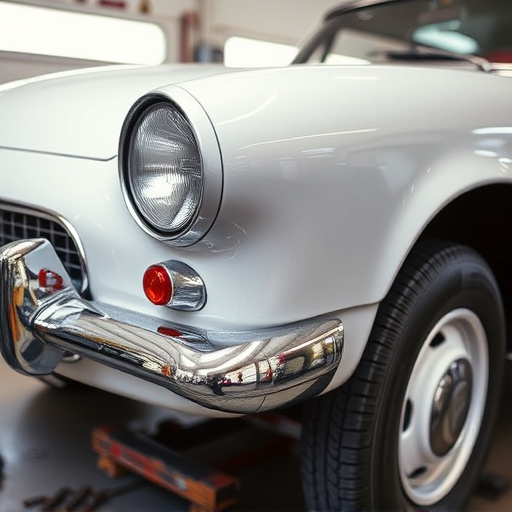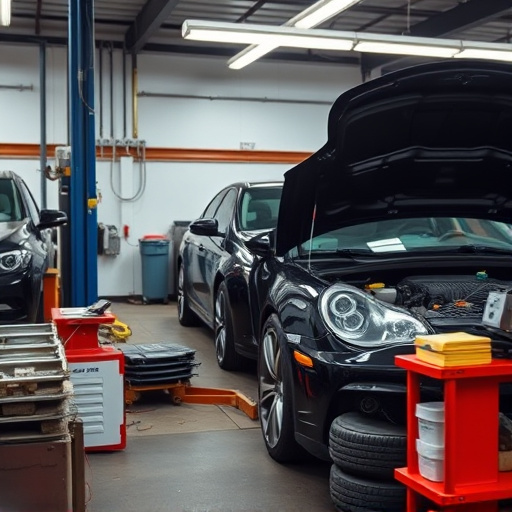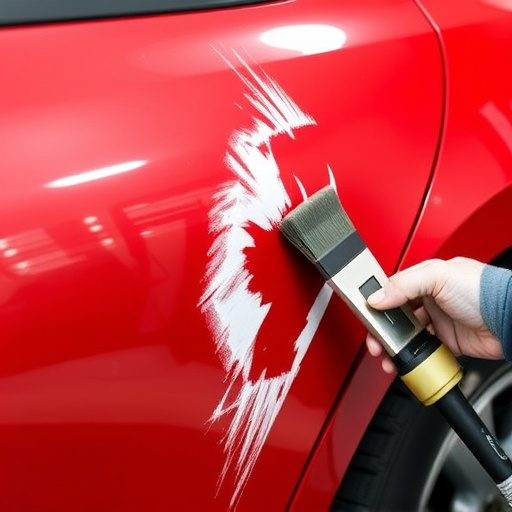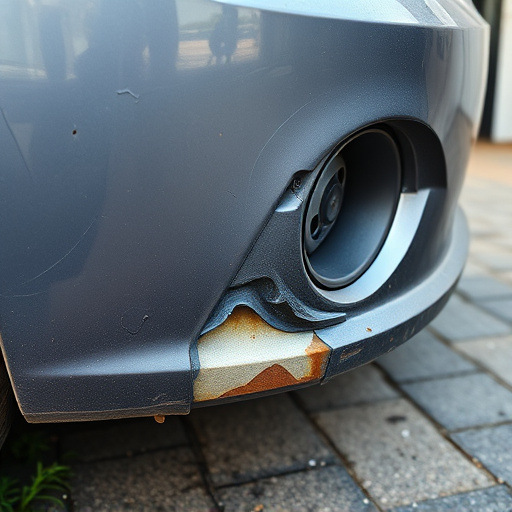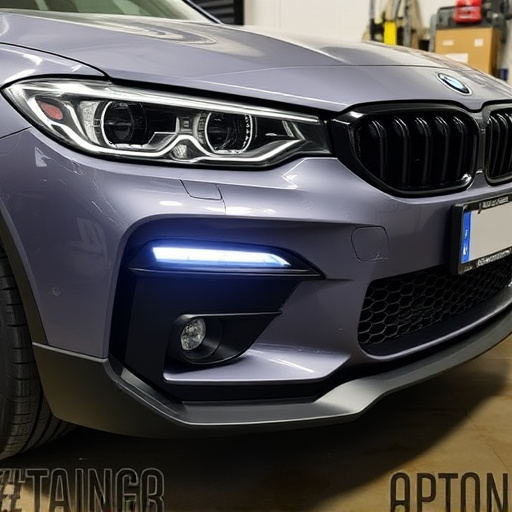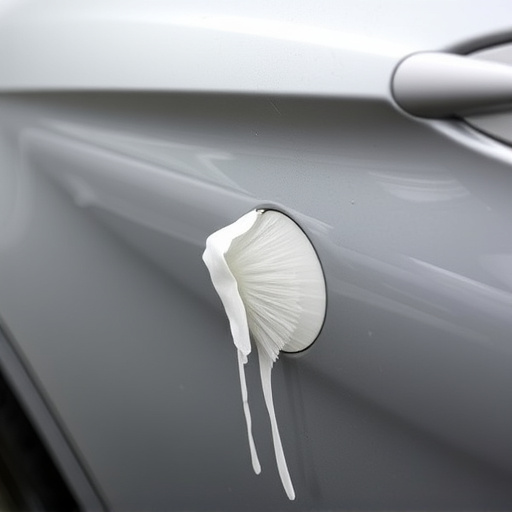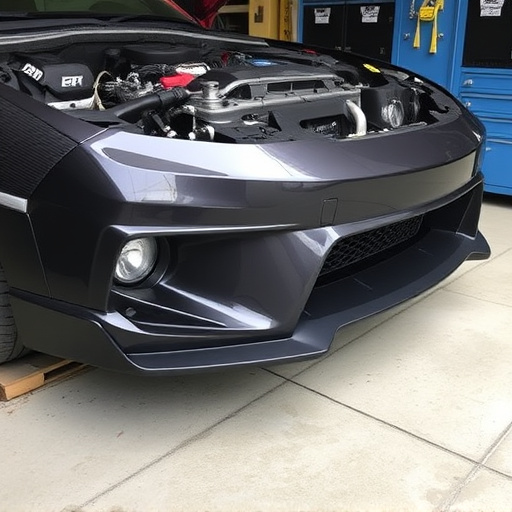Tesla composite repairs, covered under comprehensive warranties, require skilled professionals who can identify and address nicks, cracks, and chips using specialized tools and techniques. Compliance with Tesla's specific policies is vital for maintaining warranty coverage. The process involves thorough damage assessment, use of certified materials, meticulous application methods, quality checks, and detailed record-keeping to ensure both structural integrity and aesthetic restoration.
Tesla owners want their cars to look and perform like new. With the rise in popularity of electric vehicles, understanding Tesla composite repair has become crucial. This article delves into the intricacies of Tesla’s composite materials, common damage types, and navigating warranty coverage for repairs. We explore best practices for professional composite repair to ensure your Tesla stays under warranty while maintaining its superior aesthetics. Learn how to keep your electric vehicle in top form with expert guidance on Tesla composite repair techniques.
- Understanding Tesla Composite Material and Common Damage Types
- Navigating Tesla Warranty Coverage for Composite Repairs
- Best Practices for Professional Composite Repair to Maintain Warranty Eligibility
Understanding Tesla Composite Material and Common Damage Types
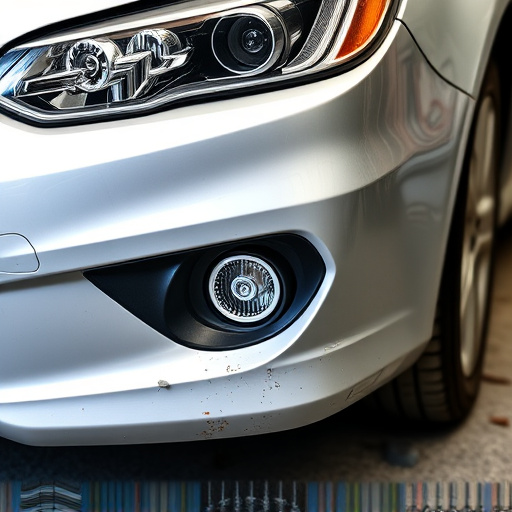
Tesla composite material is a revolutionary component used extensively in modern Tesla vehicles. It offers lightweight durability and sleek aesthetics, enhancing both performance and design. However, like any advanced material, it’s susceptible to specific damage types. Common issues include nicks, cracks, and chips caused by minor collisions, stone chips, or environmental factors such as extreme weather conditions. Understanding these potential weaknesses is crucial for effective Tesla composite repair.
Proper identification of damage is key in ensuring a seamless repair process that maintains the vehicle’s warranty. Professionals skilled in Tesla composite repair are equipped to handle various issues, from relatively minor scuffs and scratches to more significant structural damages. They employ specialized tools and techniques tailored to this unique material, guaranteeing repairs that not only restore aesthetics but also preserve the vehicle’s structural integrity and warranty coverage.
Navigating Tesla Warranty Coverage for Composite Repairs
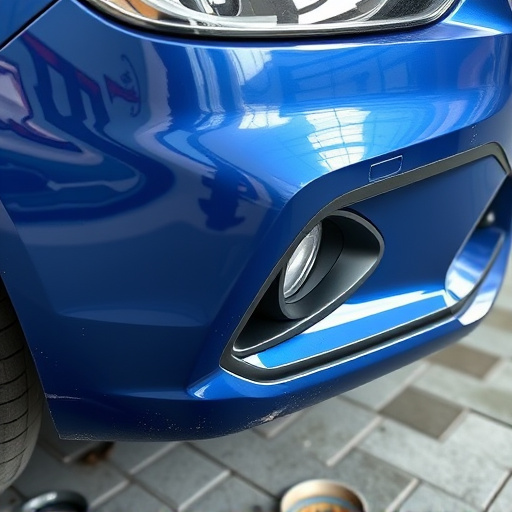
Navigating Tesla warranty coverage for composite repairs can seem intricate, but understanding the process is crucial for owners looking to maintain their vehicle’s protection. Tesla offers comprehensive warranty packages, and when it comes to composite materials used in their vehicles, such as body panels and fenders, these are typically covered under the manufacturer’s warranty. This includes repairs related to manufacturing defects or issues that arise from poor quality control.
However, for auto body shops performing Tesla composite repairs, especially those involving paintless dent repair or auto dent repair techniques, it’s essential to familiarize themselves with Tesla’s specific policies. While paintless dent repair can be a preferred method due to its non-invasive nature and ability to preserve the vehicle’s original finish, not all damage is suitable for this process. Auto body shops should communicate openly with Tesla owners to determine if their chosen repair method aligns with warranty requirements, ensuring that any work performed adheres to the manufacturer’s standards.
Best Practices for Professional Composite Repair to Maintain Warranty Eligibility
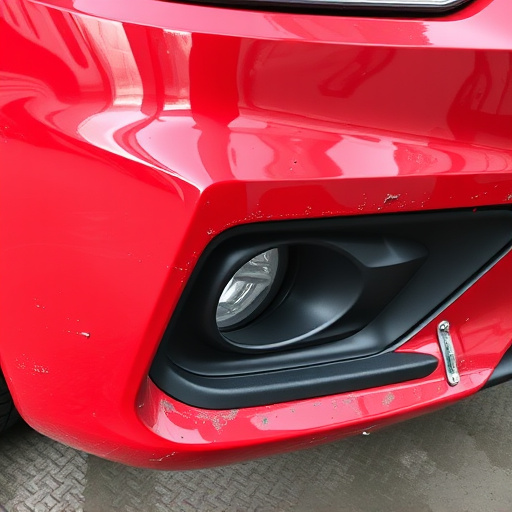
When conducting Tesla composite repair to maintain warranty eligibility, adhering to best practices is paramount. It’s crucial to start with a thorough inspection, identifying any damage and its extent. This meticulous process ensures that only authorized repairs are undertaken, aligning with Tesla’s stringent standards. Utilizing certified materials and techniques is essential; this includes specialized adhesives, resins, and fiber composites designed for Tesla vehicles. Proper preparation of the auto bodywork, including surface cleaning and priming, forms a critical foundation for durable bonds.
Skilled technicians should employ precise application methods, following manufacturer guidelines closely. This involves controlling factors like temperature, pressure, and cure times to guarantee optimal bonding. Post-repair, rigorous quality checks are imperative, verifying structural integrity and aesthetic harmony with the vehicle’s original design. Maintaining detailed records of repairs, parts used, and certification is also vital for demonstrating warranty compliance should any future disputes arise. These practices ensure that collision repair centers performing Tesla composite repairs meet not only safety standards but also maintain customer satisfaction and warranty eligibility.
When it comes to Tesla composite repair, understanding both the material and warranty policies is key. By navigating the types of common damage and ensuring adherence to best practices for professional repairs, you can maintain your Tesla warranty eligibility while achieving high-quality, durable results. Remember, proper care and expert techniques are essential for a seamless restoration process, keeping your Tesla looking like new for years to come.

